Not your grandfather’s oyster company
A new generation looks to aquaculture to harvest this iconic food
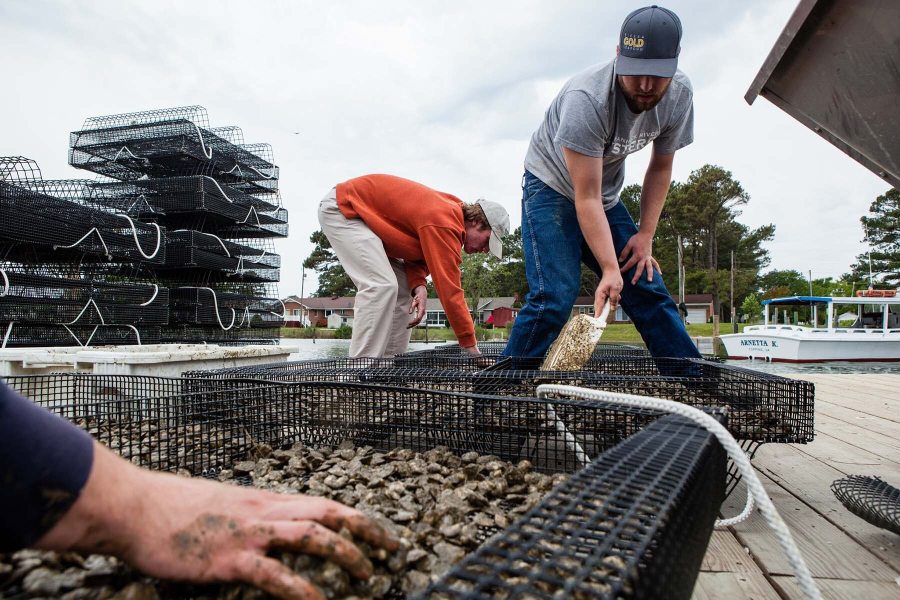
For centuries, Chesapeake Bay residents and visitors alike have enjoyed the many benefits oysters have brought them. They’re a source of income for the watermen who harvest them, joy for the people who eat them and, for everyone else, they’re the bottom-dwellers that help filter the water in the Chesapeake Bay. But decades of overharvesting have depleted oyster stock to the point where current populations are less than one percent of historic levels. To reconcile a high demand with desperately low numbers, many in the oyster business are turning to aquaculture, or underwater farming, for solutions.
Rappahannock Oyster Company was once an oyster farm like many others; buying wild spat (baby oysters), laying them underwater on leased plots for three years and then dredging them back up. But when cousins Ryan and Travis Croxton took over their grandfather’s business in 2001, they saw a chance to revitalize the company and shake up how they farmed oysters. They began trying new approaches, such as buying seeds from a hatchery instead of spat taken from the Bay, and putting them into cages instead of directly on the river bottom.
And they didn’t just change the way they farmed oysters—they also changed how they did business. A tasting room at their farm in Topping, Virginia, and oyster bars in Richmond, Va. and Washington, D.C., serve the dual purpose of bringing oysters to consumers and educating them about farm-grown oysters. Chief Operating Officer Anthony Marchetti explains that their process is more sustainable; instead of further depleting the Bay’s oyster stock, “every oyster we put in the water is one that wasn’t there before.”
Through their method of oyster farming, Rappahannock Oyster Company hopes to get their oysters to hungry customers without impacting the long-term health of the Bay. One of their goals, Marchetti says, is to take the pressure off the wild stock of oysters, to someday get back to levels where they could be harvested—with smart management—without worrying about their or the Bay’s viability.
Oyster farming is becoming the norm in Virginia. They are the most rapidly developing sector of Virginia shellfish aquaculture, and the state is number one in oyster production on the East Coast. Newcomers to the field aren’t interested in further depleting the wild populations, says Marchetti. They’re opting for aquaculture, he says, because “you reap what you sow.”
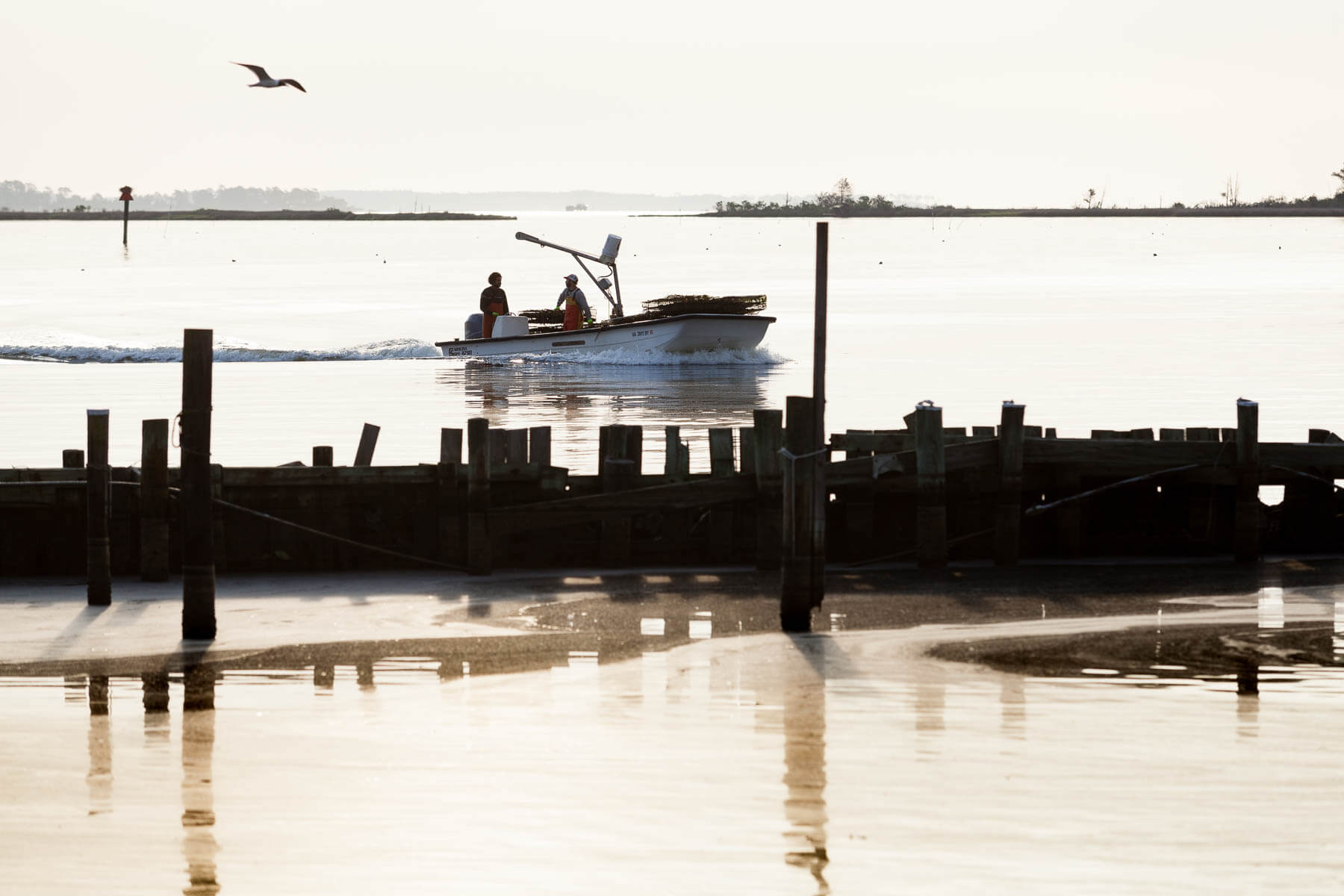

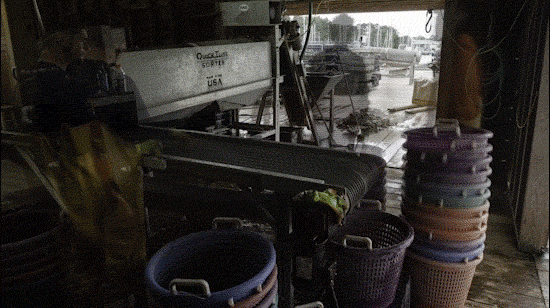
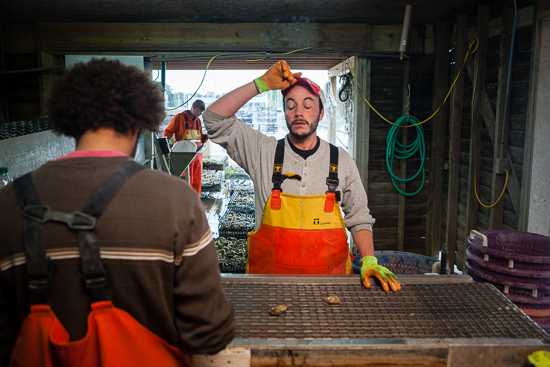
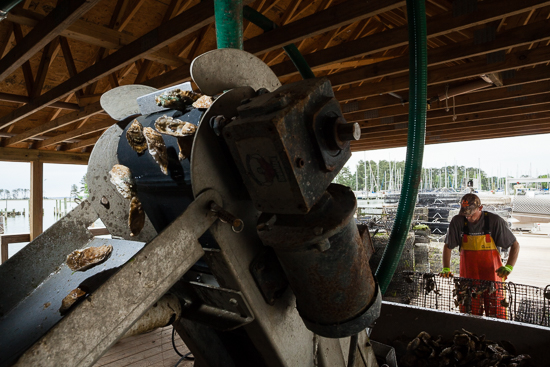
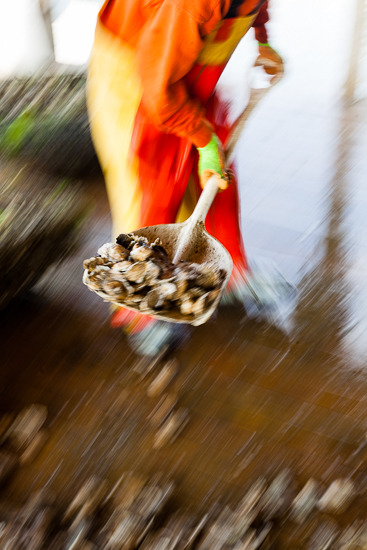
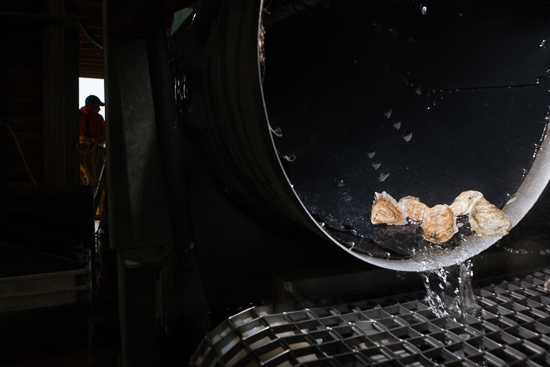


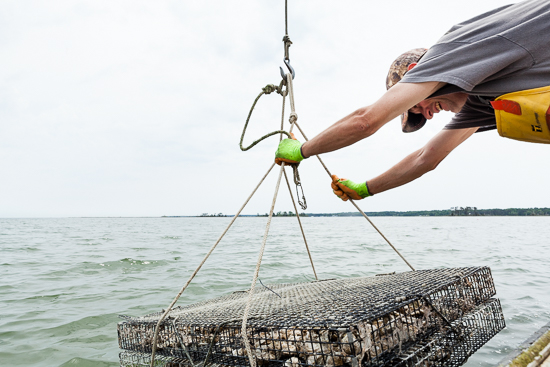
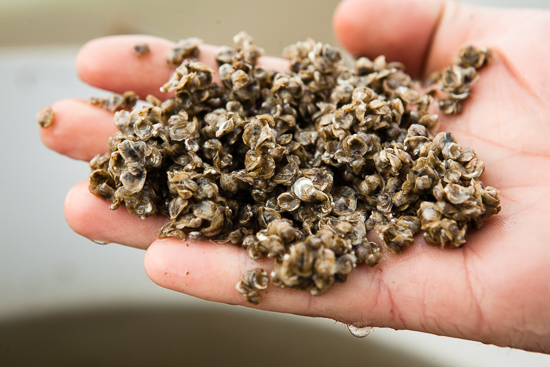
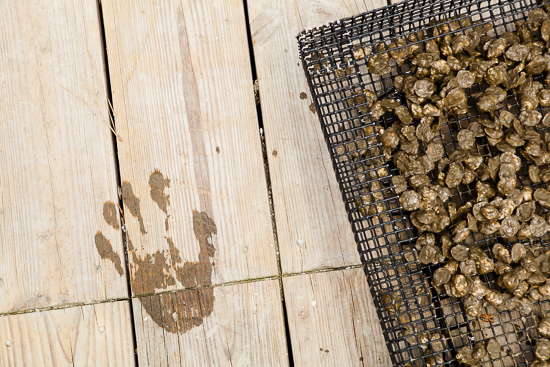
To view more photos, visit the Chesapeake Bay Program's Flickr page.

Comments
Back in the 1960's, members of our SCUBA club used to dive in 50 degree waters (VERY COLD) off Point Lookout in MD for oysters. We'd collect about a bushel's worth and take them back to serve raw, Oyster's Rockefeller, fried, etc in a big oyster party. Glad companies like Rappahannock are farming them so more people can enjoy these delights without depleting the oyster population.
Hey, when you seed the spat, do they all pretty much survive no matter how the little critters land?
Fascinating story, especially for those of us on the west coast of the states. A great variety of attention getting photos make perfect illustrations for this informational piece.
Thank you!
Your comment has been received. Before it can be published, the comment will be reviewed by our team to ensure it adheres with our rules of engagement.
Back to recent stories